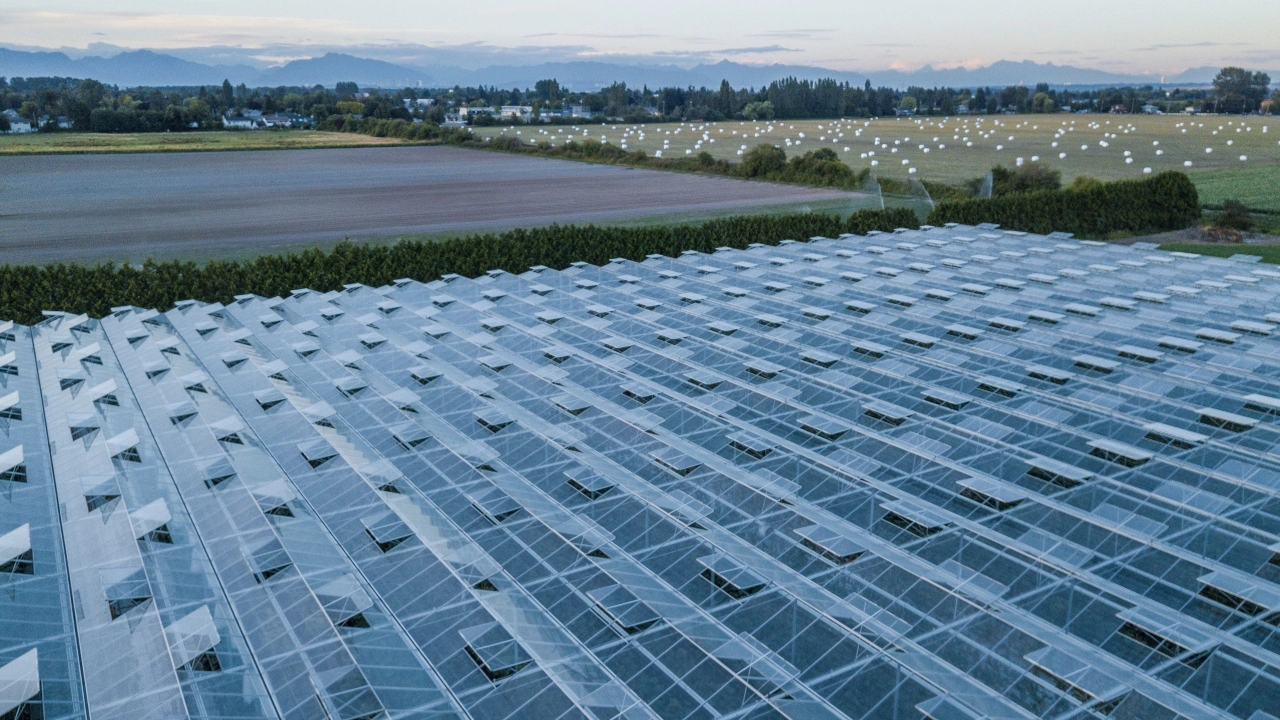One after another, many of Canada’s largest cannabis greenhouses and indoor grow operations have been sold or mothballed as the industry continues to search for a supply-demand equilibrium after years of overproduction.
The facilities, each costing anywhere from 100 million Canadian dollars ($73 million) to more than CA$500 million, are being closed for various reasons.
Some of the operations crashed into the cannabis industry’s hard macroeconomic realities: Canadian cultivators bankrolled and licensed too much cultivation capacity before and after adult-use legalization in 2018, which led to large-scale overproduction and plunging prices for low- to mid-quality products.
Companies also shuttered greenhouses because they failed to be as cost-effective as anticipated by both executives and investors.
And some were closed after companies, saddled with millions of dollars of debt – sometimes owed mostly to the Canadian government – became insolvent.
When cannabis producer Phoena Group, formerly known as CannTrust, was granted creditor protection and closed its facility in Niagara, Ontario, about 450,000 square feet of cultivation space was removed.
All told, approximately one-third of Canada’s licensed indoor and greenhouse marijuana cultivation area has been taken offline from the industry in recent years.
Health Canada data shows that, as of March 2023, there was 16.3 million square feet of licensed cultivation area for greenhouse and indoor facilities.
That’s down from a peak of 23.9 million square feet in mid-2020 – the tail end of the cannabis stock craze that resulted in Canadian investors bankrolling substantially more indoor and greenhouse capacity than was needed.
Outdoor production, however, has been slower to come down.
There remains 63.2 million square feet of outdoor area licensed for cannabis production, according to the regulator.
That’s about 18% lower than the peak set in late 2021 of 76.7 million square feet.
How much longer?
Experts say that trend could continue until prices stabilize.
The latest example is Alberta-based licensed producer SNDL, which announced in October that it was closing its CA$100 million indoor facility in Olds to “enhance competitiveness.”
The closure of that facility removed 448,000 square feet of licensed cultivation area, equivalent to the size of almost eight football fields.
Earlier this year, Smiths Falls, Ontario-headquartered Canopy Growth Corp. closed and sold its flagship cultivation facility for CA$53 million to the original owner, chocolate maker Hershey Canada.
Other licensed producers to close large facilities include:
- Tilray Brands, which said in 2021 it was closing a “flagship” facility in Nanaimo, British Columbia, shortly after acquiring it.
- Cronos Group, which in 2022 announced its planned exit from its production facility in Stayner, Ontario, only to revise that plan to maintain certain components of its operations there, such as distribution warehousing, some research and development as well as manufacturing a portion of the company’s products.
Large legacy facilities failing
Most of the largest facilities being closed were bankrolled and constructed early in the cannabis industry boom-and-bust cycle, generally from 2017 through 2020.
Chris Damas, a veteran cannabis industry analyst in Ontario, said the new entrants arrived with a second-mover advantage and lower cost base, allowing them to aggressively take market share from those “boom-time” facilities.
He said Cannara Biotech in Quebec, for example, was partly responsible for the demise of cannabis producer Hexo Corp.’s biggest cannabis facility – which is set to be converted for cucumber growing.
Other factors were:
- Price compression in most flower categories.
- A lack of demand for flower with less than 25% THC.
“So the market for so-called ‘factory weed,’ sold based on big volume, just dried up,” Damas said.
He also said some of the biggest costs – such as energy and labor – have increased since the first large-scale grows were commissioned, reducing their economic viability.
In British Columbia, he said, Pure Sunfarms “probably put some value flower sellers into an early grave,” while New Brunswick’s Organigram Holdings benefited from its cash position and partnership with British American Tobacco.
“These different competitors assisted in putting the big legacy greenhouses into chronic negative operating cash flow positions,” he said.
Shift to smaller production
As cannabis producers are shuttering so-called “factory-style” cultivation operations, some entrepreneurs have turned to smaller micro-cultivation facilities, which generally come with substantially lower startup costs and produce higher-quality cannabis.
Last year, Canada’s federal government handed out only 58 standard cultivation licenses, which have no square-footage limit.
In the same year, Canada awarded 130 new micro-class licenses, which allow cultivation only within a surface area of up to 200 square meters (2,150 square feet).
One advantage for micro-class companies is the quality of their products is generally higher than mass-produced cannabis, which seems to increasingly appeal to consumers. (Full Story)

